by Diahan Southard | Sep 6, 2017 | 01 What's New, Beginner, DNA |
“I don’t need DNA testing for family history: my pedigree is full!” I still hear this occasionally. But here’s why everyone doing their family history should take at least one DNA test.
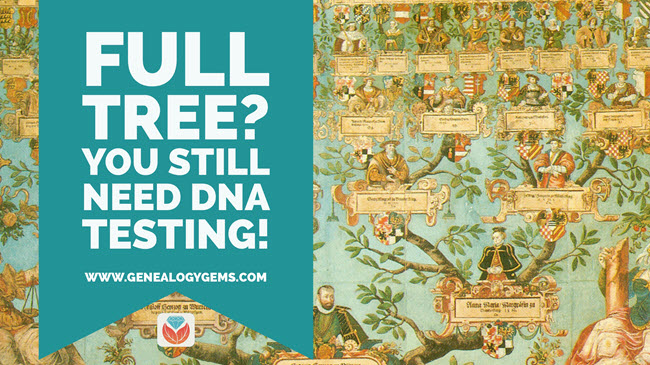
Teenagers (including my own) are always talking about the things that “everyone else has,” a phenomenon that Malcolm Gladwell describes as the “tipping point.” He says that the tipping point is “the moment of critical mass, the threshold, the boiling point” for change in human behavior. For my kids, it’s everything from the point at which a party becomes fun to doing everything humanly possible to procure a fidget-spinner (if you don’t know what that is, ask the nearest 11-year-old).
In DNA testing for family history in the United States, that tipping point is now. We have reached the point where most genealogists at least have the passing notion that genetics can be useful in genealogy. Most genealogists (I would guess 85%) who attend the lectures I give have already had at least one DNA test completed.
Let’s stop for just one minute and recognize how incredible that is! Not too long ago I was still trying to convince people that this was a good idea and that you didn’t have to dig up your ancestors to do it. But now we have scores of genealogists who have not only tested themselves, but have convinced half their family to test as well!
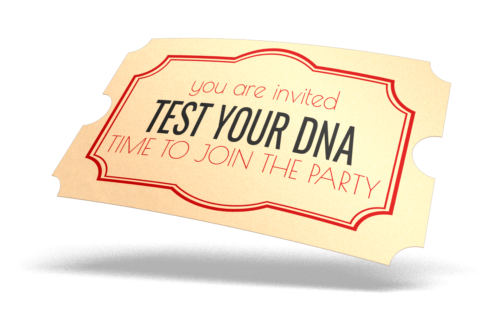 “I don’t need DNA testing for family history.” Really?
“I don’t need DNA testing for family history.” Really?
This got me thinking though: who are those people who haven’t tested? And why not? One category of people sans DNA test is those who have full pedigree charts. I have heard many of them say that they don’t see the need to do DNA testing since they have most of their lines “way back.”
To those with the blessing of ancestors who kept better records than mine, I am offering four reasons why you should RSVP anyway to your invitation to DNA test.
1. To create and preserve a unique record. First and foremost, your DNA is a record. Just as you have obtained birth certificates and marriage licenses for your ancestors, your DNA is a unique record. It does represent you and your family in a way that no other record can. It is a document of your genetic history and should be preserved. Further, while you may doubt the ability of your DNA to shed light on your current genealogy, don’t underestimate the contribution it might make in the future.
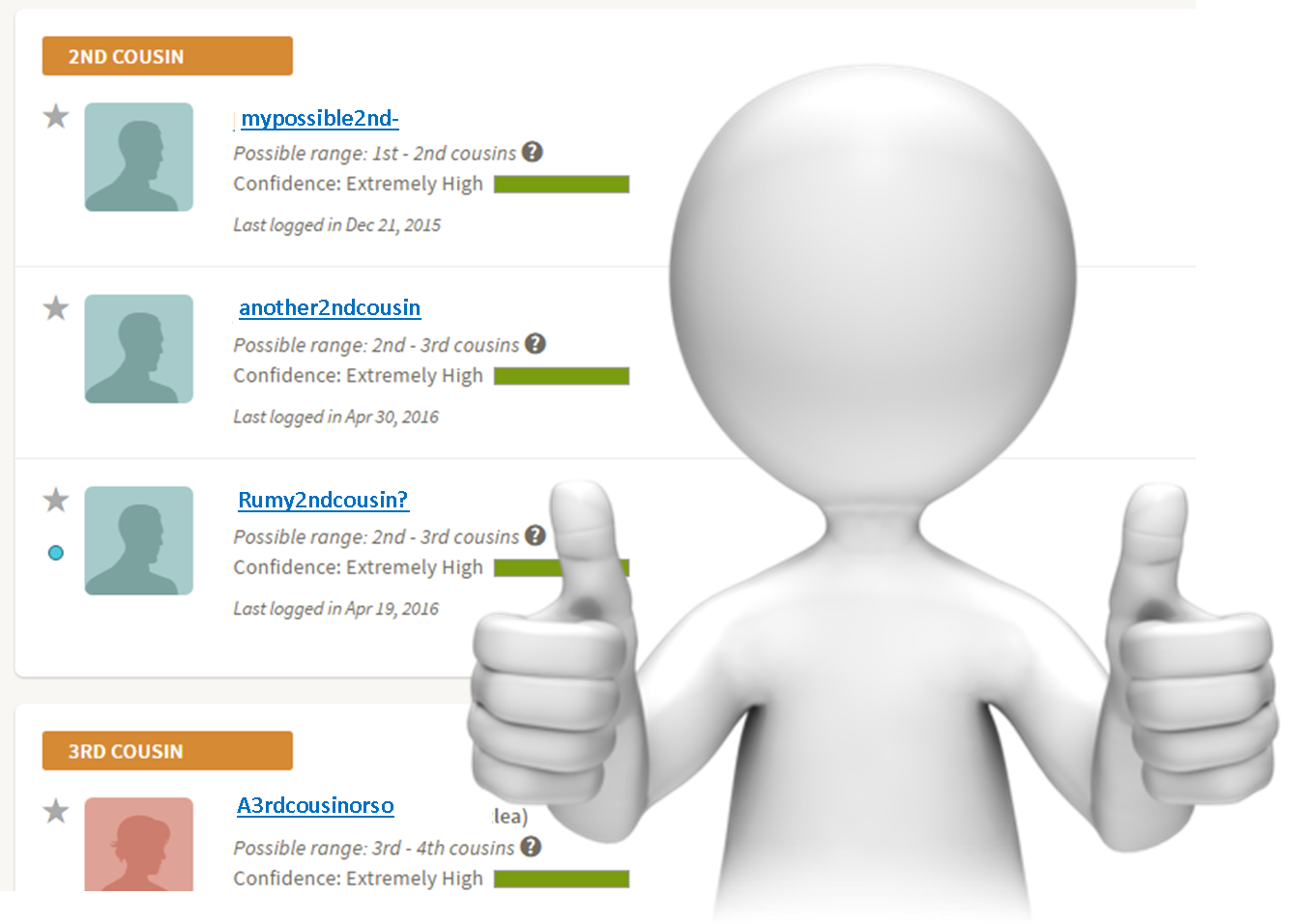 2. Because you have second cousins. And third cousins, and fourth cousins, etc. Having your DNA tested means you can see a biological connection between you and other relatives that have had tested. For many, the idea of meeting or forming relationships with distant cousins is not appealing. But even if you have no intention of attending DNA family reunions or even in corresponding with these relatives, there is something reassuring about seeing them there on your match list. There is a certain thrill that comes with recognizing the connection between you and someone else. A connection that may not add any new names to your tree, but it helps you feel a deeper connection to your ancestor, and a greater appreciation for your biology.
2. Because you have second cousins. And third cousins, and fourth cousins, etc. Having your DNA tested means you can see a biological connection between you and other relatives that have had tested. For many, the idea of meeting or forming relationships with distant cousins is not appealing. But even if you have no intention of attending DNA family reunions or even in corresponding with these relatives, there is something reassuring about seeing them there on your match list. There is a certain thrill that comes with recognizing the connection between you and someone else. A connection that may not add any new names to your tree, but it helps you feel a deeper connection to your ancestor, and a greater appreciation for your biology.
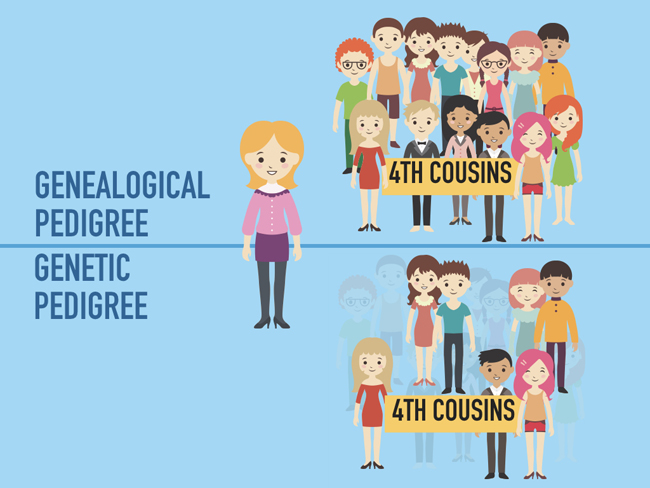 3. To verify what’s on your tree. Which brings me to the next point. Seeing these cousins on your list can actually help verify the genealogy you have already collected and documented. It helps to reassure you that you have made the right steps along the way, and may help you gain additional resources about your relative through their descendants that you find on your match list. Resources that can help turn that ancestor from a name on a chart to a story and a life worth preserving.
3. To verify what’s on your tree. Which brings me to the next point. Seeing these cousins on your list can actually help verify the genealogy you have already collected and documented. It helps to reassure you that you have made the right steps along the way, and may help you gain additional resources about your relative through their descendants that you find on your match list. Resources that can help turn that ancestor from a name on a chart to a story and a life worth preserving.
Verifying what’s on your tree brings with it a certain amount of uncertainty, it’s true. In fact, in the process of verifying your tree, you may discover new genetic truths about it. You may find that some who you thought biologically related actually aren’t, and you may discover new biological relatives you didn’t know about. Not everyone is prepared for this, especially if they’re pretty sure they know everything about their ancestry. But increasingly, I’m finding, people do want to know about a second cousin who was adopted out of the family or their grandpa’s secret half-sibling–and these connections may never emerge unless you participate in DNA testing for family history.
Remember, your genealogical pedigree is not the same as your genetic pedigree! Click here to read about different things you may learn from each one.
4. To help someone else build their tree. The last reason to go ahead and have your DNA tested is to help others. If you have been lucky enough to fill in most of the blanks on your tree, you can help others do the same by simply having your DNA tested. Your DNA provides a link to your tree that might be just what someone needs to overcome a brick wall in their family history.
So, if you have been hanging out on the outskirts of DNA testing because you feel like your tree is full enough without it, remember to RSVP to your invitation to be DNA tested, and join the party!
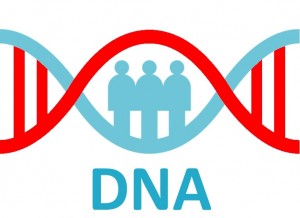 Click here to get started with DNA testing for family history. You’ll learn who to test, why to test, what tests you can take and where to purchase them. You can watch a short video about getting started and see additional resources that will help you get the most out of your testing experience all along the way.
Click here to get started with DNA testing for family history. You’ll learn who to test, why to test, what tests you can take and where to purchase them. You can watch a short video about getting started and see additional resources that will help you get the most out of your testing experience all along the way.
by Lisa Cooke | Jul 19, 2017 | 01 What's New, Ancestry, DNA |
An update to AncestryDNA’s privacy policy requires us to take to take one more step when managing someone else’s DNA test. Here’s why Your DNA Guide Diahan Southard thinks that’s a good thing.
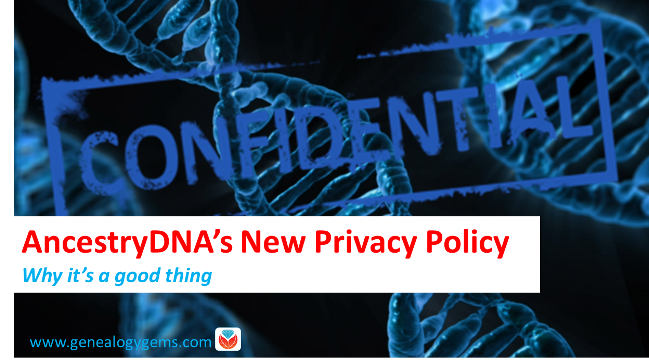
Like many teenagers, my 14-year old sees every situation only from her own point of view. I call it myopic-itis. This is, of course, how most of us react to every new situation. The difference between those suffering from this condition and the rest of us is that fairly quickly, perhaps once the shock has subsided, we can see things from the point of view of others, and can therefore be more understanding about the whole situation.
AncestryDNA recently caused an attack of myopic-itis when they announced a change to their policy on how DNA tests are registered. Previously, you could register anyone’s test under your own account. Say you were gathering the test for an aged aunt or disinterested cousin. You handle everything from the order to the test registration to managing all correspondence. Your aunt or cousin merely needed to spit in the tube.
However, effective today, July 18, 2017, that has changed. Each person who takes an AncestryDNA test must have their very own account at AncestryDNA.
A natural reaction is to immediately reject this as a terrible idea that will certainly slow–if not halt–your efforts to gather the needed genetic information from your less-than-enthusiastic relatives. Your myopic-itis flares up and threatens to cause you to throw up your hands in frustration and just forget the whole thing.
But don’t! Really, all that is changed is that you have to take one more step when administering DNA tests for your friends or relatives: create AncestryDNA accounts for them. Then, they can assign you as the Manager of their DNA kits. Doing so allows their DNA results to show up in your Ancestry account, just as if you yourself had registered the test under your account. Viola! (Well, if your relative doesn’t have an email account, you may have to create one, so that would be one more step.)
Now, why would Ancestry decide to so inconvenience your life with another step or two? Well, to protect the rights of the cousin and the aunt that you are asking to take the test. It is that simple. Not that you would, but if the results are in your account, you can delete them, you can limit their access to them. In short, you have ultimate control. Causing each test to have its own account tries to put that control back in the hands of the test taker.
One of the criticisms of this announcement is that Ancestry is doing this just to make more people buy subscriptions to Ancestry. I don’t think this is their primary motivation. In fact, a blogger in the UK, Debbie Kennett, suggested that it may be partially in reaction to a new law in the UK that, starting next year, will require this personal access inr order for Ancestry to continue selling tests there.
But even if getting more subscribers was their primary motivation for the change, how is encouraging interest in genealogy a bad thing?! Think of it this way: let’s say you tell your cousins, “I got this. Don’t worry about anything. I will do it all.” Then they will let you, and they won’t take any ownership of the process or the results.
Instead, now you can say, “I have created a login for you at Ancestry so you can view your own results. I will also be able to see them in my account. I would love to go over them with you, if you are interested. But you can go in anytime and look around.” Then wouldn’t it be great if they really did that? Maybe they’d even get so interested that they’d decide to help you research?!
DNA is one of the biggest hooks we have to get our friends and family interested in family history. I think this change is just one more way that we can spread our love of family history with our family–not to mention protect their privacy and their rights.
In addition to Debbie Kennett’s post I mentioned above, make sure to read the official announcement by Ancestry, and these two blog posts about questions you may have: Reality Check–Changes at AncestryDNA and Managing Multiple Kits and the New AncestryDNA Change.
 Ready to test some relatives? Click here for tips on talking about DNA at your next family gathering (like, this summer’s reunion?). Then sign up for the free weekly Genealogy Gems e-newsletter and/or follow us on Facebook to learn about the fantastic DNA sales we’ve been spotting lately.
Ready to test some relatives? Click here for tips on talking about DNA at your next family gathering (like, this summer’s reunion?). Then sign up for the free weekly Genealogy Gems e-newsletter and/or follow us on Facebook to learn about the fantastic DNA sales we’ve been spotting lately.
What do you think about Ancestry’s new privacy policy? Join the conversation and leave a comment below.
by Lisa Cooke | Feb 27, 2017 | 01 What's New, DNA, Health History |
Exploring our family health history is just another reason to look forward to the future of DNA testing. As science advances and we find out more regarding the specific genetic code responsible for various nefarious outcomes in our health, we learn there is more in play than just our genetics.
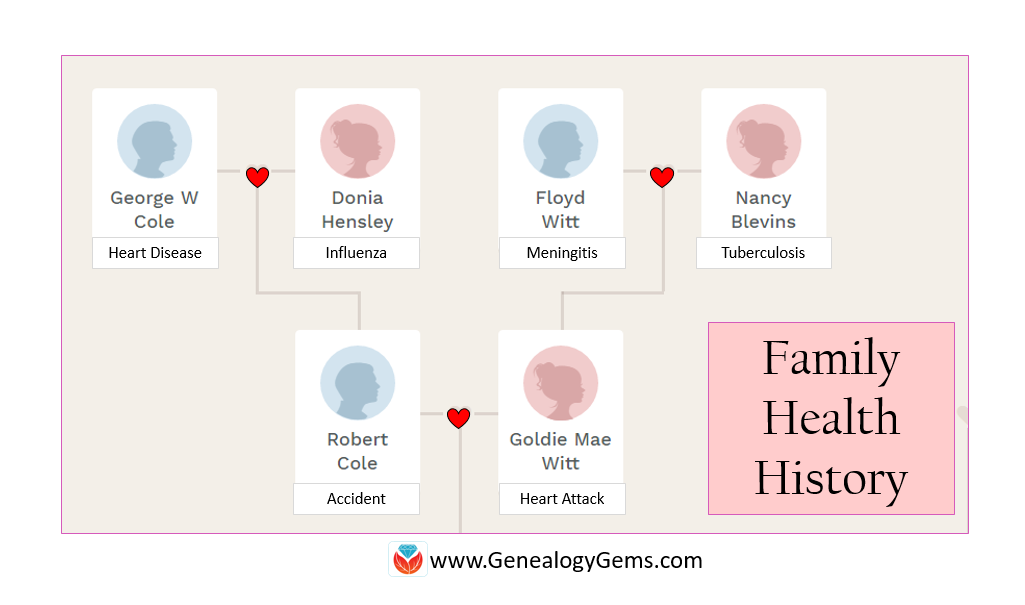
I recently read an article in the Wall Street Journal about a family who has been plagued with sudden deaths, ten in recent generations. Without warning, their hearts were stopping and no one knew why. That is until Daniel Wiggins died suddenly at the age of 29 and his family sought out a molecular autopsy. Becoming more accessible to researchers as the cost of running these tests drop, molecular autopsies allow a scientific team to analyze the DNA of the deceased, looking for genetic clues to the cause of death. In this case, the genetic sleuthing was able to turn up the perpetrator: a mutation that alters the electrical signals in the heart, causing it to stop. [Read more about this here.]
While this case was clear-cut and the gene was acting seemingly alone without an accomplice, researchers of this disorder say it only happens in 20% of cases. Which means, this devious genetic criminal has other methods we still haven’t tracked.
But for Daniel’s family, they can pursue genetic testing to determine if this specific culprit is lurking in their own genes. If found, they can take precautionary measures, like having a defibrillator installed.
Doing Our Part
Similarly, a family from Pennsylvania used their family reunion as a format for gathering family history and genetic information in order to arm its members with an action plan against a plague of cancer that is sweeping through their family. [See an article on this family here.]
Several members of the Shaffer-Peterson family have discovered a genetic test can alert them to possible pancreatic or skin cancer. Again, a gene affecting a very small number of melanoma patients was identified as the perpetrator of the Shaffer-Peterson family and has been given a 67% crime rate. This means that the chance of developing cancer if you have this particular gene is elevated by 67%.
Thankfully, melanoma is a particularly curable kind of cancer when caught early. This family has done their part in informing the family as a whole. And, they now have a sort of insurance plan that may protect the lives of their loved ones.
For both the Shaffer-Petersons and the family of Daniel Wiggins, genetic tests produce actionable results to those testing positive. There is something they can do to positively impact their health once they are aware of the presence or absence of these genes in themselves.
Environment or DNA?
Not all diseases or conditions can be attributed to our DNA. This past fall, after talking with my mother about kids and schedules, she added almost in passing, “Oh, by the way, they found another spot on my back, I am going to have it removed next week.” This is the third melanoma spot she has had removed in the past 5 years.
While my mom’s melanoma is less likely to be the result of a genetic abnormality and more likely linked to spending hours lifeguarding at the local pool, the fact she had melanoma was the sole reason I went to the dermatologist. My spot wasn’t cancer. I was just getting older. But, I am glad I went and I feel like knowing my health history has made me more aware of the measures I can take to improve it.
Tracking Your Family Health History

Diahan offers Genealogy Gems fans a discount on access to her series of videos on understanding DNA testing for genealogy. Click here to learn more.
For most people, molecular autopsies and DNA health tests are not easily available. Not yet. For those that are, there are hundreds of questions surrounding the kinds of genetic tests and the implications for both health and legal issues.
One thing is certain. In these cases, the common thread is family history. We need to know not only the dates and places of our ancestors lives and deaths, but also the stories behind them. Whenever possible, we need to track our health history, so we can identify any trends that our DNA might be trying to tell us.
If you want to start tracking your own health history there are plenty of free and subscription online tools to get you started. In particular, TapGenes was the winner of the 2016 Innovator Showdown at RootsTech. This online and app tool is designed specifically for your family health management.
You can also create your own alternate family tree. In this unique way, you can visually look at age-at-death, diseases, or other factors pertaining to your health. Read our article titled, “How and Why to Create an Alternate Family Tree.”
Learn More About Genetics and Genealogy
 This special bundle features the 3 new advanced DNA guides by Diahan Southard!
This special bundle features the 3 new advanced DNA guides by Diahan Southard!
Digital download also available.
Gedmatch: A Next Step for Your Autosomal DNA Test
Gedmatch is a third‐party tool for use by genetic genealogists seeking to advance their knowledge of their autosomal DNA test. This guide will navigate through the myriad of options and point out only the best tools for your genetic genealogy research.
Organzing Your DNA Matches
With over 2.5 million people in the possession of a DNA test, and most with match lists in the thousands, many are wondering how to keep track of all this data and apply it to their family history. This guide provides the foundation for managing DNA matches and correspondence, and for working with forms, spreadsheets, and 3rd party tools.
Next Steps: Working With Your Autosomal DNA Matches
This guide outlines what to do next to maximize the power of DNA testing in genealogy. With this guide in hand, genealogists will be prepared to take their DNA testing experience to the next level and make new discoveries about their ancestors and heritage.
by Lisa Cooke | Feb 20, 2017 | 01 What's New, DNA, Kids |
DNA testing for kids is a great way to spark their interest in their heritage, while teaching science, math, geography, and more. Consider these reasons and start with the budget-friendly option of an autosomal test.
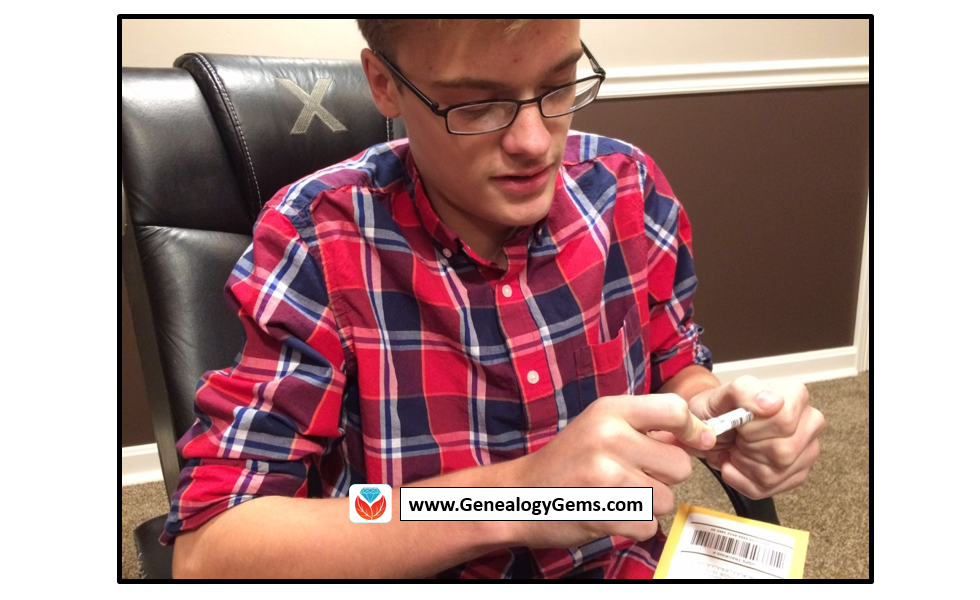
According to a 2010 study out of Emory University, if we want to encourage kids toward an activity that will positively impact them, we should steer them toward family history. The researchers reported, “Children who know stories about relatives who came before them show higher levels of emotional well-being.”
Now, I know I don’t need to convince you of this. You are already sold on genealogy. But let’s explore how DNA testing might be able to help you share your love of family history with your children and grandchildren.
Why Try DNA Testing for Kids
Since you know this is me, the genetic genealogist talking, you can probably guess what I’ll suggest for getting kids interested in family history. DNA testing is a great way to personally and physically involve them. There is the tangible process of taking the sample at home, and the marvel at how such a simple act can produce the amazing display of our ethnicity results. Since each of us is unique, it will be fun for them to compare with you and other relatives to see who-got-what-from-who. This will naturally lead to questions about which ancestor provided that bit of Italian or Irish, and wham! You’ll be right there to tell them about how their 5th great-grandfather crossed the ocean with only the clothes on his back, determined to make a new start in a new land.

If there are parts of the ethnicity report you can’t explain, use that as a hook to encourage them to start digging and to find out why you have that smattering of eastern European or Southeast Asian. Taking them for a tour of the DNA match page, you can show them how they share 50% of their DNA with their sister (whether they like it or not!) and how they share 25% with their grandparent!
DNA test results give kids a totally unique look at their personal identity with technology that is cutting edge. Looking at their DNA test results can turn into a math lesson, a science lesson, a geography lesson, a lesson on heredity or biology, or a discussion on identity. DNA is the perfect introduction to the wonders that genealogy can hold, especially for children.
A Warning and Caution
As with all DNA testing pursuits, this one should not be taken lightly, even with all of its benefits.
An important word to parents: Be sure to keep unintentional consequences in the forefront of your mind. This includes the possibility of revealing family secrets. Talk with your spouse and make sure you are both on the same page. In the end, this is your decision.
An important word to grandparents and other relatives: DNA testing is a parent’s decision. Even though you’re passionate about preserving the family’s history and the benefits of including children are numerous, you must obtain parental consent if you are not the parent.
More About Autosomal DNA Testing for Kids
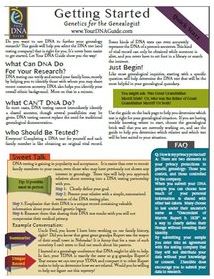 Click here to learn more about my series of how-to videos (available to Gems fans for a special price) or start your kids’ or grandkids’ DNA journey with two of my genetic genealogy quick guides. The first is a great overview and the second talks about autosomal testing which is a good test for genetic genealogy beginners.
Click here to learn more about my series of how-to videos (available to Gems fans for a special price) or start your kids’ or grandkids’ DNA journey with two of my genetic genealogy quick guides. The first is a great overview and the second talks about autosomal testing which is a good test for genetic genealogy beginners.
by Lisa Cooke | Feb 6, 2017 | 01 What's New, DNA |
Sometimes history provides us with a situation that is just too outlandish to be false, like this one on mDNA testing for genealogy by using ancient ponytails! In these lucky, true-to-life conditions, clues to help us unravel genealogical mysteries and tell our own crazy stories might just be found.
![By GrammarFascist (Own work) [CC BY-SA 4.0 (http://creativecommons.org/licenses/by-sa/4.0)], via Wikimedia Commons mDNA testing on ancient ponytails](https://test.lisalouisecooke.com/wp-content/uploads/2017/01/Dreadlocks_attribution-needed.jpg)
English Mutineers Create Endogamous Population
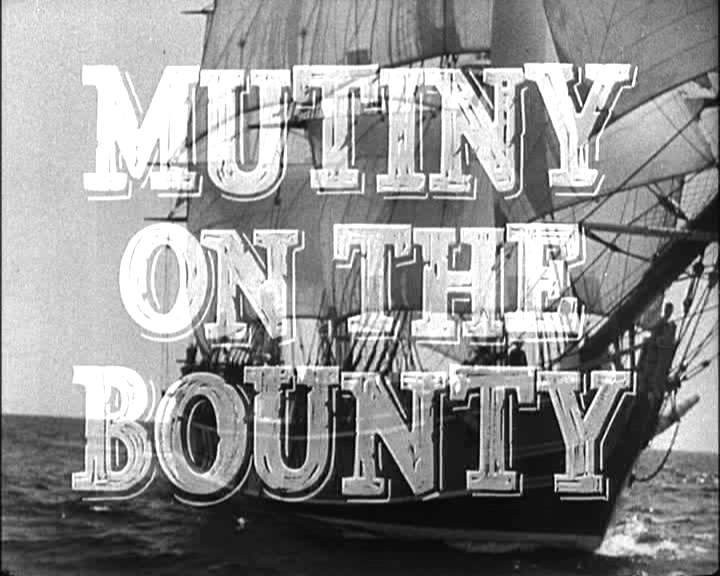
By Trailer screenshot (Mutiny on the Bounty trailer) [Public domain], via Wikimedia Commons
And when I say tiny, I mean tiny. 1.75 square miles tiny.
But considering that 9 English mutineers, their Tahitian brides, and a couple Tahitian men were the founding population for this island, it provides an amazing genetic and genealogical view into endogamous populations.
The Proof is in the Pigtails
This fascinating tale is about to get richer, as ten pigtails of hair claiming to be from some of the original mutineers and their wives, have recently been acquired by the Pacific Union College’s (PUC) Pitcairn Islands Study Center in California. The King’s College London has contracted them to perform DNA testing.
Pay close attention to this next part: Researchers are going to conduct DNA testing on the hair samples. But this does not mean you are going to be able to test the locks of hair stowed away from one of your ancestors!
Why, you ask?
First barrier: Cost. This process of trying to extract DNA from a hair sample, especially a very, very old hair sample is meticulous work. It will cost the average consumer a pretty penny. And, you may not be able to find a DNA testing company who wants to do it for you. All major genetic genealogy companies will just flat out tell you “no.” Most paternity testing companies will require your hair has the root attached. In fact, in my quick search, I can’t even find one DNA testing company that will attempt to get DNA from your lock of hair.
Second barrier: Results. Even if you could get a lab to extract the DNA for you, the only available DNA type retrieved from a cut piece of hair is mitochondrial DNA (mtDNA). The mtDNA will trace a direct maternal line. This is opposed to the YDNA that traces a direct paternal line and the autosomal DNA which traces both sides of your family tree. Even if they do get mtDNA from your sample, it is likely to be damaged and incomplete. Therefore, the best you will likely get is an assessment of your deep ancestral origins.
For you, that might not be quite enough to determine and document your family history. But for those interested in verifying this story of mutineers settling in the Pitcairn islands, it might be.
Will it Work?
If they do get mtDNA from the 10 pigtails, they will get 10 mtDNA lineages represented. Those stemming from the mutineers should have their deep origins in Europe, while their Tahitian brides will have a very different mtDNA signature. Likewise, if an mtDNA signature can be obtained, then the mtDNA of those still living in Pitcairn and nearby Norfolk (where many went in 1857) should match these pigtails. If it does, they can measure how many of the current residents are directly maternally related. Of course, in order to truly verify the claims, some serious genealogy work must be completed.
I will be watching this story closely over the next few months as research progresses. If successful, this will be another victory for the rarely celebrated mtDNA. This study shows that if your goals are understanding deep heritage, or testing out a particular hypothesis on your maternal line, mtDNA can be a useful option.
While the DNA studies you read about in the paper won’t always be something you can learn from, others are. Take for example the stories I shared several months ago on the Genealogy Gems podcast and blog about DNA confirming the love affair of President Warren G. Harding and the story of how experts proved it was King Richard III buried under that parking lot. You can definitely learn about using DNA for genealogy from these very public examples!
More on mDNA Testing for Genealogy
When to Do an mDNA Test for Genealogy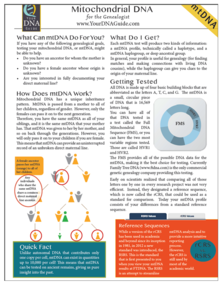
mDNA Quick Guide for Genealogists by Diahan Southard

 “I don’t need DNA testing for family history.” Really?
“I don’t need DNA testing for family history.” Really? 2. Because you have second cousins. And third cousins, and fourth cousins, etc. Having your DNA tested means you can see a biological connection between you and other relatives that have had tested. For many, the idea of meeting or forming relationships with distant cousins is not appealing. But even if you have no intention of attending DNA family reunions or even in corresponding with these relatives, there is something reassuring about seeing them there on your match list. There is a certain thrill that comes with recognizing the connection between you and someone else. A connection that may not add any new names to your tree, but it helps you feel a deeper connection to your ancestor, and a greater appreciation for your biology.
2. Because you have second cousins. And third cousins, and fourth cousins, etc. Having your DNA tested means you can see a biological connection between you and other relatives that have had tested. For many, the idea of meeting or forming relationships with distant cousins is not appealing. But even if you have no intention of attending DNA family reunions or even in corresponding with these relatives, there is something reassuring about seeing them there on your match list. There is a certain thrill that comes with recognizing the connection between you and someone else. A connection that may not add any new names to your tree, but it helps you feel a deeper connection to your ancestor, and a greater appreciation for your biology. 3. To verify what’s on your tree. Which brings me to the next point. Seeing these cousins on your list can actually help verify the genealogy you have already collected and documented. It helps to reassure you that you have made the right steps along the way, and may help you gain additional resources about your relative through their descendants that you find on your match list. Resources that can help turn that ancestor from a name on a chart to a story and a life worth preserving.
3. To verify what’s on your tree. Which brings me to the next point. Seeing these cousins on your list can actually help verify the genealogy you have already collected and documented. It helps to reassure you that you have made the right steps along the way, and may help you gain additional resources about your relative through their descendants that you find on your match list. Resources that can help turn that ancestor from a name on a chart to a story and a life worth preserving. Click here to get started with DNA testing for family history. You’ll learn who to test, why to test, what tests you can take and where to purchase them. You can watch a short video about getting started and see additional resources that will help you get the most out of your testing experience all along the way.
Click here to get started with DNA testing for family history. You’ll learn who to test, why to test, what tests you can take and where to purchase them. You can watch a short video about getting started and see additional resources that will help you get the most out of your testing experience all along the way.




 This special bundle
This special bundle


![By GrammarFascist (Own work) [CC BY-SA 4.0 (http://creativecommons.org/licenses/by-sa/4.0)], via Wikimedia Commons mDNA testing on ancient ponytails](https://test.lisalouisecooke.com/wp-content/uploads/2017/01/Dreadlocks_attribution-needed.jpg)





